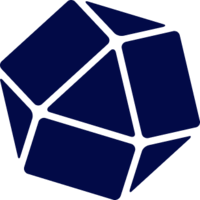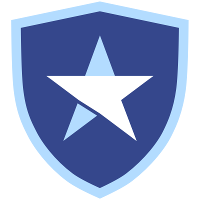-
InfluxDB
Power Real-Time Data Analytics at Scale. Get real-time insights from all types of time series data with InfluxDB. Ingest, query, and analyze billions of data points in real-time with unbounded cardinality.

-
supercollider
An audio server, programming language, and IDE for sound synthesis and algorithmic composition.
-
SaaSHub
SaaSHub - Software Alternatives and Reviews. SaaSHub helps you find the best software and product alternatives

d2 uses qtrigger 1 to quantize the start of the pattern, ensuring it starts at the beginning of a cycle. Stack layers multiple samples: olooper created from the overdub function of Tidal Looper, loop - the original scream recorded at the beginning of the set, scream and gabba repeated seven times, playing them simultaneously. The sample scream is a sound I've recorded using scream.py and have loaded into Tidal Cycles. I'll use this technique to create a loud rhythmic beat mixed in with a chorus of screams.
Since then, I've been working more and more with TidalCycles. TidalCycles is an open-source live coding framework for creating patterns written in Haskell. TidalCycles uses SuperCollider on the backend, another language I've been using for live coding. Recently, I started using Tidal Looper for live vocal processing. This blog post will walk you through what you need to get started with vocal looping with Tidal Looper.
The code for this blog post is available in the corresponding GitHub repository. It includes the file I use to start Tidal Cycles for shows featuring the use of Tidal Looper, as well as a code from my live performance at Murder by Modulation, an event hosted by the New York Modular Society during the fall at Trans Pecos.
Since then, I've been working more and more with TidalCycles. TidalCycles is an open-source live coding framework for creating patterns written in Haskell. TidalCycles uses SuperCollider on the backend, another language I've been using for live coding. Recently, I started using Tidal Looper for live vocal processing. This blog post will walk you through what you need to get started with vocal looping with Tidal Looper.
Since then, I've been working more and more with TidalCycles. TidalCycles is an open-source live coding framework for creating patterns written in Haskell. TidalCycles uses SuperCollider on the backend, another language I've been using for live coding. Recently, I started using Tidal Looper for live vocal processing. This blog post will walk you through what you need to get started with vocal looping with Tidal Looper.
Related posts
-
What is a little known subject/application/problem that you learned about recently or are involved in that you think is fascinating?
-
Looking for performers and/or audience members for a live coding(music) event
-
TidalCycles controlling MPC
-
Recreating the THX Deep Note (2009)
-
Has anyone tried automated mastering?